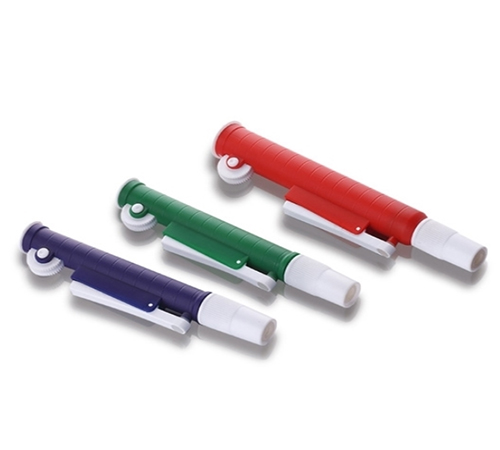Function of Pipette in Laboratory
The pipette is a single-channel micropipette that is commonly used in biological and chemical laboratories to move liquids with a small volume, and it is a measuring tool for transferring liquid from the original container to another container within a certain range. The design of the pipette fully conforms to the ergonomic principle, and is characterized by easy disassemble and maintenance. The pipette has five modes: Pipetting mode, sample mixing mode, reverse aspiration mode, electrophoresis sampling mode, and graded pipetting mode. The pipette can be applied to liquids such as high viscosity liquids, high vapor pressure liquids, and foaming liquids. Pipettes are widely used in clinical diagnostic laboratories, biotechnology laboratories, pharmaceutical and chemical laboratories, environmental laboratories, and food laboratories.

Generally speaking, pipettes are divided into two types, one is the air displacement type, which adopts the built-in air piston. The piston is designed inside the pipette, it sucks and releases liquid by pushing air, and the piston will have no direct contact with the liquid. This type of pipette is exactly the air displacement pipette; the other is the external piston type, which is usually called as the special pipette. This pipette uses an external piston, which is designed inside the suction head and directly contacts the liquid. This kind of pipette is suitable for the operation of liquids with relatively high viscosity or easy to produce bubbles, and it needs to be used with a dispenser head, so its application range is relatively small. The so-called air displacement pipette means that the air inside the lower end of the pipette is forced out by pressing down the piston. Later, when the piston moves up, the air pressure inside the lower end of the pipette is less than the external air pressure, so that the liquid can be sucked out under the action of the external air pressure. In short, air goes out and liquid comes in. The so-called external piston type is actually exactly the same as the principle of the syringe. If you have seen the working process of a syringe, you will probably understand the working principle of an external piston pipette.
The original pipette can’t adjust the range, which is called a fixed-range pipette. Afterwards, a kind of pipette with adjustable range appeared, but there were only several ranges for option. In other words, with this pipette, the volume of liquid to be transferred can only be selected, which is much more convenient than the original one.
The characteristics of the electrical pipette controller used in the laboratory
Separated speed setting: Set your individual working speed.
Display the maintenance cycle: Set the maintenance prompt function of the pipette according to the required time or frequency.
ON/OFF button: The pipette shall be closed if it isn’t going to be used for a long time.
Other applications: Aspiration of supernatant, gradient dilution, continuous dispensing and reverse pipetting.
Programming function: Program for a series of complex operations.
Separate fixed volume pipetting function: Save the required volume pipetting.
Password protection: Protect the program and set parameters.
History memory function: Automatically save the settings of nearly 10 parameters.

